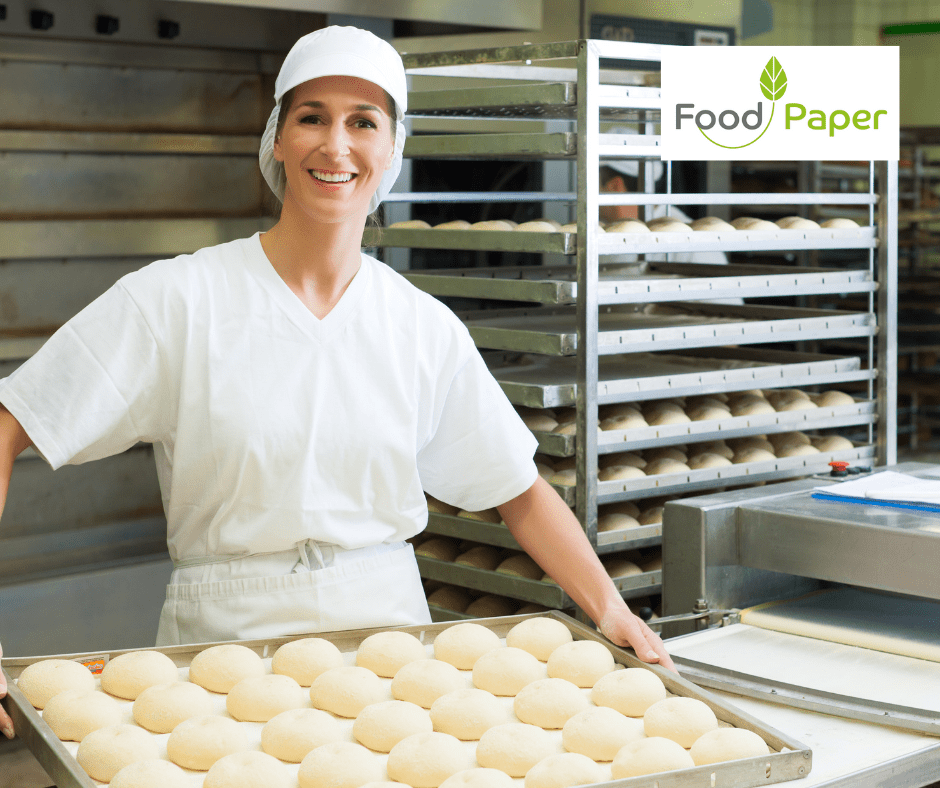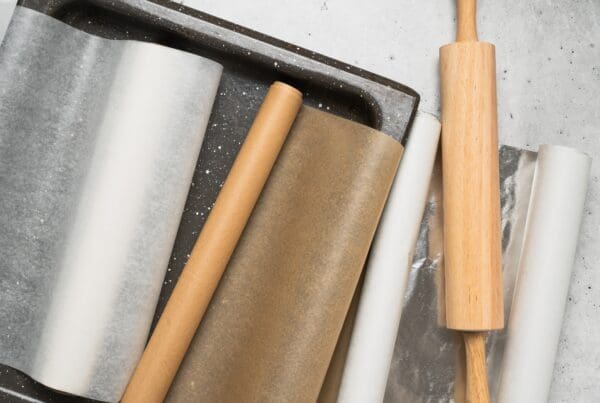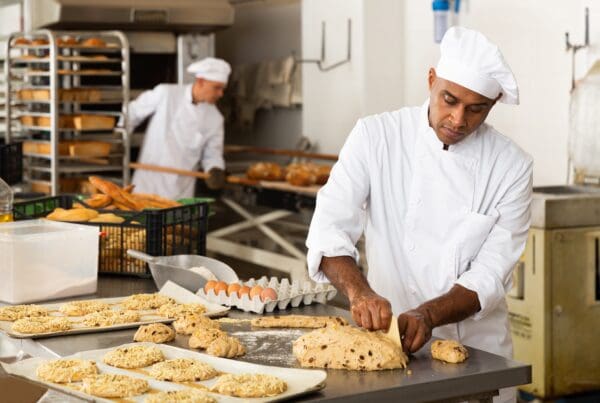Energy use is a growing issue across many industries, including baking. As a result, sustainability has become a key concern for bakeries.
Sustainability in the Baking Industry
Sustainability can be a challenge for the baking industry. From a commercial view, it is often seen as less important than other consumer priorities. These include health, convenience, and clean label products.
However, sustainability now plays a larger role in bakery operations. It focuses on reducing energy use, saving water, and cutting food waste. These actions protect the environment and lower production costs. In many cases, they also improve efficiency and competitiveness.
Bakeries are skilled at managing costs and maintaining financial stability. Reducing environmental impact is more complex. Many sustainability measures sit outside direct control. This can make progress slower and harder to track.
Energy Use in Industrial Bakeries
According to the Industrial Energy Efficiency Accelerator report from the Carbon Trust, the UK industrial bakery sector produces around 2.5 million tonnes of baked goods each year. This level of production requires about 2,000 gigawatt hours of energy. As a result, the sector generates around 570,000 tonnes of carbon dioxide each year.
In large bakeries, the prover, oven, cooler, and steam boiler produce most emissions. Together, they account for 50 to 60 per cent of the total. Among these, the oven uses the most energy. It is the single largest source of emissions in bread production.
Reducing oven use can deliver fast results. Shorter baking times lower energy use and reduce costs. They also improve efficiency across bakery operations.
Rethinking Baking Temperatures
Bakers typically aim for a core bread temperature of 94 to 96°C. This standard supports food safety, texture, and structure. Temperature control therefore remains important for consistent quality.
Evidence suggests this target may be higher than needed. Research from Campden BRI has explored whether lower baking temperatures can still deliver good results.
In controlled trials, white pan bread was baked for shorter periods. Researchers studied loaf volume, texture, starch gelatinisation, and structure. They found that cutting baking time by 20 per cent still produced fully gelatinised starch. The bread showed similar texture and strength to fully baked loaves.
These loaves reached a core temperature of around 85°C. To maintain crust colour and strength, oven temperatures were raised from 240°C to 250°C.
Practical Benefits for Bakeries
The research showed that lower core temperatures can reduce energy use. Product quality was not affected. This gives bakeries a practical way to improve efficiency and cut costs.
Further studies are now looking at other bread types. These include wholemeal and malted grain loaves. Extra energy savings may also be achieved during mixing and proofing. This can be done by adjusting water levels and dough temperature.
Equipment and Long-Term Challenges
The baking oven remains the largest energy user in most bakeries. It should be the first area reviewed when cutting costs and emissions. Improving combustion efficiency presents a major opportunity.
Progress can be slow. The Carbon Trust notes that many bakeries rely on older equipment and long-standing practices. Major machinery often stays in use for decades. In some cases, ovens and provers are more than thirty years old.
Replacing equipment requires major investment. For smaller bakeries, this cost is often unrealistic. Larger plants benefit from scale and can invest more easily. As a result, equipment upgrades become strategic decisions linked to capacity and long-term competitiveness.
Gas and Electric Baking
Many large bakeries still rely on gas-fired ovens. Electric ovens can be very efficient, but gas remains popular. Gas combustion creates water vapour. This produces a humid baking environment.
The humid atmosphere reduces moisture loss and supports product quality. For many bakeries, this balance between efficiency, quality, and cost continues to shape energy decisions.
More information about Linwood Raker is available at: www.linwoodraker.co.uk
Want to try Food Paper? Request a free trial today. here




